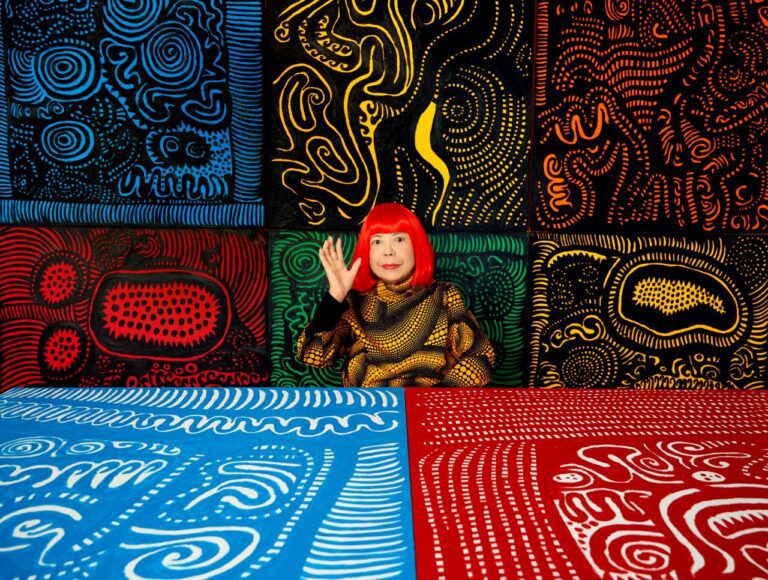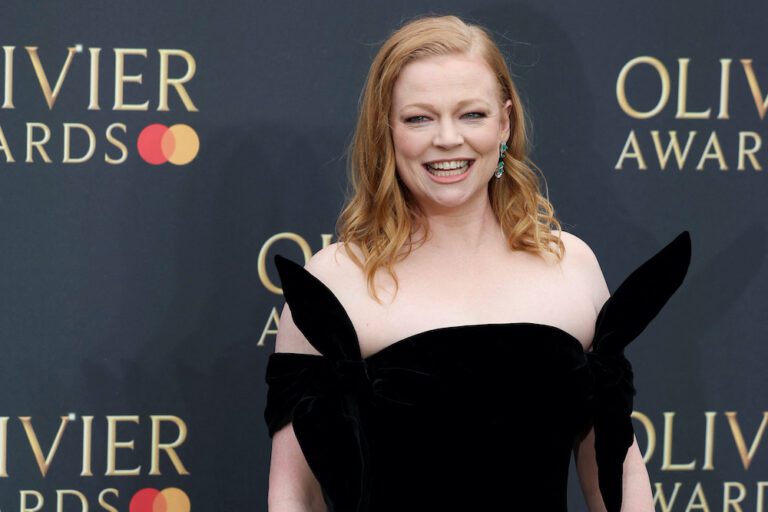It was her first week of production on 2006’s World Trade Center and the actress had trepidations about working with Oliver Stone, a director she’d admired for Nixon and Platoon but who – she assumed – could be a tad intense. And then she blew two takes of a big, emotional scene.
When Stone approached her, both were concerned. Gyllenhaal asked for help, and Stone did something the actress never expected. He took her hands, looked in her eyes and said: “I give you the power of Zeus.”
Those words worked magic. They gave Gyllenhaal (currently in theaters with Crazy Heart) just the confidence she needed, and from that point on it was smooth sailing.
Few directors associate themselves so overtly with a god (covertly is another matter), but their power on a set is undisputed and that can pose particular problems for actresses who, in today’s economy, rarely have as much clout as their male counterparts. What makes the actress-director relationship work? What makes it fail? And what have this year’s leading ladies gleaned about how best to maximize it?
Emily Blunt (The Young Victoria) has learned to be more vocal than she was. “I’ve had a couple of experiences – especially on the bigger films – where I felt I had to hold my own a little bit more and I feel that there’s different rules (for a young actress) compared to how they treat the older male star of the film,” she says. “I’ve just run out of patience with that recently and I think there’s a way of dealing without kicking and screaming. (But) for a while I had to eat s–t.”
Patricia Clarkson (Whatever Works) has learned to avoid directors who don’t operate with mutual respect. “I worked with someone who was antithetical to that,” she says. “They didn’t trust me; they didn’t have confidence in me and they tried to destroy me, thinking it would make me better. It never makes anyone better, never! We’re professionals here. I don’t need you to intimidate me.”
Vera Farmiga avoids conflict by avoiding certain projects. Before Up in the Air, she says, “I hadn’t worked in a long time” because so few appealed to her.
But once the work begins, there are ways actresses and filmmakers can function well. In Farmiga’s case, director Jason Reitman believed in her so much that he told her he had written the role for her. Reitman had even battled his own father, Ivan, one of the movie’s producers, to keep her in the film, though she had put on weight because of a pregnancy.
A director’s confidence in himself can affect an actress, too. This was an issue for Samantha Morton when she agreed to play a supporting role in Owen Moverman’s The Messenger. Because Moverman, a freshman filmmaker, had written Jesus’ Son and I’m Not There, she felt positive. That sense grew as they worked together, she says: “You feel you’re in the company of a human being that has a huge amount of self-awareness, and that makes you very comfortable.”
But it wasn’t until Moverman edited the film that Morton’s belief in him was justified – and not because of what he kept in, but what he cut out.
One scene had Morton tucking her son into bed, leading to a breakdown after she sees her dead husband’s sneakers on the stairs. “I remember at the time feeling it was a bit too much – not the scene itself, but seeing (Morton’s character) Olivia that way,” she notes. To her relief, Moverman felt so too and killed the scene, even though it was a huge emotional moment. “That’s extraordinary, to lose something really big,” she says. “That’s hugely commendable.”
Sigourney Weaver knew about James Cameron’s skills from working with him on Aliens. So she looked forward to working on Avatar.
“With everything he had to think about – he was operating cameras he’d invented to shoot the bloody thing! – he was always patient with the actors,” she says. In one of the first scenes she shot with co-star Sam Worthington, who was maneuvering around a prop-filled space in a wheelchair, despite a huge crew waiting to move on, Cameron “made sure we weren’t going to leave until we had it right.”
Of course, that can be a mixed blessing. Lars von Trier’s insistence that Emily Watson not leave until things were right wore her down on the film that made her name, Breaking the Waves. Stanley Kubrick’s insistence on doing take after take – sometimes 100 takes of a close-up alone – made many actors and actresses hesitant to work with him. Cameron is one of the few directors today who has the power to insist on this if he wants.
Not all directors use their power to get what they want. In the past, they earned the label “women’s directors,” like George Cukor, who secretly coached Vivien Leigh and others even after he had been fired from Gone With the Wind; today, with women-oriented films hard to come by, that moniker has disappeared, but such gentle directors remain actresses’ favorites.
Like Peter Jackson. “He has this childlike quality to him that gives everyone a new energy on the set,” notes The Lovely Bones” Saoirse Ronan. Jackson would physically act out the role for her, she says, something she embraced because he did it with such charm. “He wouldn’t tell me how to do my job.” In one scene where she had to cry, he went over to her between takes and wiped a tear from her cheek.
“You could see he was emotionally involved as well,” Ronan recalls.
– Reuters






